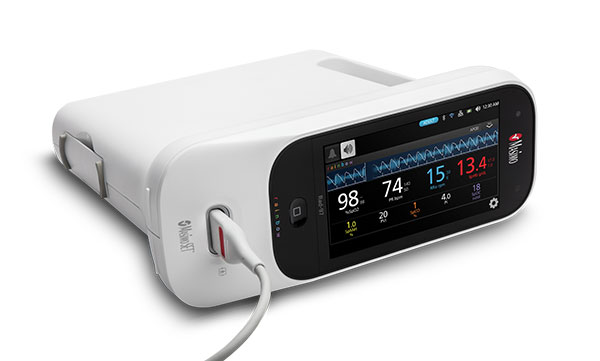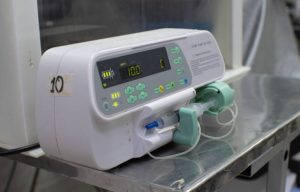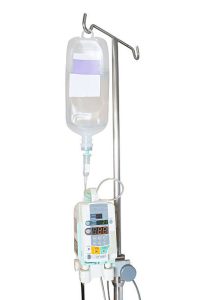
Bedside Pulse Oximeter Overview
A bedside pulse oximeter is a medical device used to monitor a patient’s blood oxygen saturation (SpO2) and pulse rate continuously. It is typically used in hospital settings to provide real-time data on a patient’s respiratory and cardiovascular status.
Key Features & Specifications
- Continuous Monitoring: Allows for real-time tracking of oxygen saturation and pulse rate.
- Display: Usually features a large, easy-to-read screen showing SpO2 levels, pulse rate, and waveform.
- Alarms: Equipped with visual and audible alarms for abnormal SpO2 levels or pulse rates.
- Connectivity: Many models offer connectivity options for integration with hospital monitoring systems.
- User-Friendly Interface: Simple controls for easy operation by healthcare staff.
Performance
- Accuracy: High precision in measuring oxygen saturation and pulse rate.
- Response Time: Quick response in detecting changes in blood oxygen levels.
- Battery Life: Long battery life or continuous operation when plugged in.
Safety Features
- Alarm Systems: Alerts for hypoxia (low oxygen levels) or significant changes in heart rate.
- Low Power Consumption: Designed to operate efficiently without overheating.
Pros and Cons
Pros:
- Non-Invasive: Provides quick measurements without the need for blood draws.
- Real-Time Data: Immediate feedback on patient status, essential for critical care.
- Portability: Some models are lightweight and easy to transport.
Cons:
- Calibration Required: Regular calibration may be needed for optimal accuracy.
- Environmental Factors: Performance can be affected by motion, low perfusion, or external light.
- Cost: High-quality bedside models can be expensive for smaller healthcare facilities.
Popular Brands & Prices
- Masimo Rad-97:
- Price: Approximately $2,500 – $3,500
- Features: Advanced signal processing, wireless capabilities, and comprehensive monitoring options.
- Philips IntelliVue MX40:
- Price: Around $3,000 – $4,000
- Features: Portable design with robust monitoring features, integration with hospital systems.
- Nellcor Bedside SpO2 Monitor:
- Price: Approximately $1,000 – $2,000
- Features: Reliable performance with alarm features for critical care settings.
User Feedback/Testimonials
- Nurses: “The alarms are a lifesaver in critical care; they help us respond quickly to changes.”
- Patients: “Having continuous monitoring gives me peace of mind during recovery.”
- Healthcare Facilities: “The integration with our electronic health records has streamlined patient monitoring.”
Disclaimer
Bedside pulse oximeters should be used by trained healthcare professionals. Regular maintenance and calibration are necessary to ensure accurate readings. Always interpret results in conjunction with clinical assessments.
This overview provides essential information about bedside pulse oximeters, including features, pricing, and their importance in monitoring patient health.








